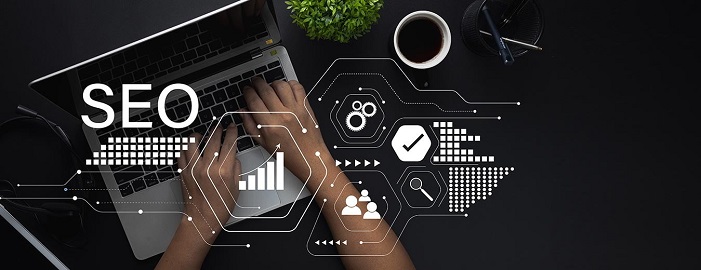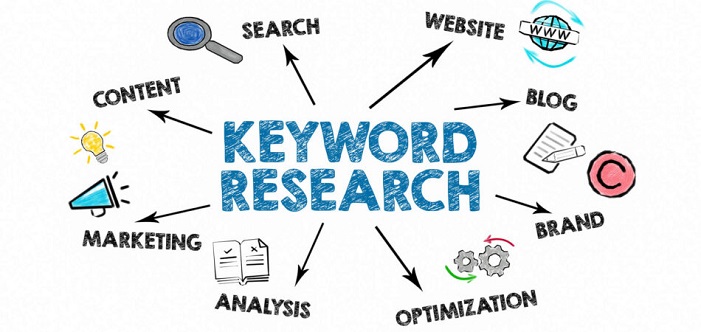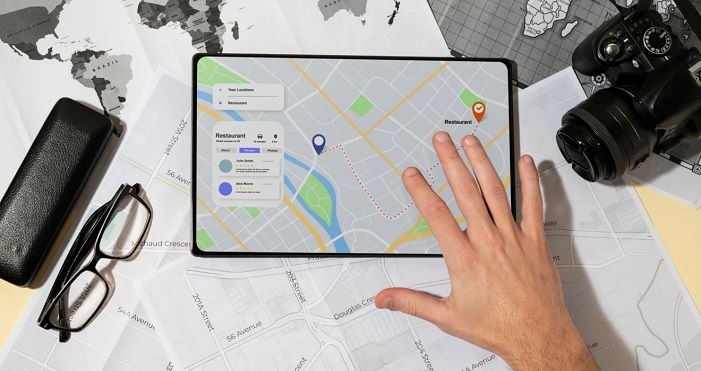SEO Beginner Guide for Australia by AppKod: Simple Steps to Boost Your Online Presence
SEO stands for Search Engine Optimization, and it helps people find your website on search engines like Google. If you’re running a business in Australia, SEO is important because it makes it easier for local customers to find you online.
When you improve your SEO, your website will show up more often in search results. This means more people will visit your website. More visitors can lead to more sales or customers for your business. In this guide, we will explain SEO in a simple way, so you can start using it for your business right away.
What Is SEO?

SEO is all about helping your website rank higher in search engine results. If you want your business to be seen, you need to make sure it’s easy for search engines to find and understand your website. Think of SEO like a map that guides search engines to your site.
Google, Bing, and other search engines have robots that crawl the web. These robots look at your website and decide if it’s helpful. The more helpful and clear your website is, the higher it will rank. Good SEO can make a big difference for your business.
Why SEO Is Important for Australian Businesses

If you own a business in Australia, SEO can help you stand out. There are millions of people using the internet every day, searching for products and services. By using SEO, you make it easier for them to find your business when they search for what you offer.
Australian businesses can especially benefit from local SEO. When you use keywords that mention your city or region, you can make sure that people searching for local services can find you. Local SEO helps you reach people who are nearby and ready to buy.
Keyword Research: A Simple Way to Start SEO

The first step in SEO is finding the right keywords. Keywords are the words or phrases people type into search engines when looking for something. For example, someone in Sydney might search for “best Italian restaurants in Sydney” if they want to eat out.
To do well in SEO, you need to figure out what keywords your customers are using. You can do this by asking yourself: What would someone search for if they were looking for my product or service?
How to Find the Right Keywords
-
Use Google: Start by typing a word related to your business into Google. Look at the suggestions that show up. These suggestions are popular search terms that people are using.
-
Use Keyword Tools: There are free tools like Google Keyword Planner that can help you find even more keywords. These tools show you how often certain keywords are searched.
-
Check Your Competitors: See what keywords your competitors are using. If they are ranking well for certain keywords, it might be a good idea to target those too.
Once you have a list of keywords, use them in your website content. But don’t just stuff them in everywhere. Use them naturally in your titles, headings, and text. Google likes it when the content is easy to read and helpful.
On-Page SEO: Make Your Website Easy for Google to Understand
On-page SEO means making changes to your website to help search engines understand what your pages are about. There are a few simple things you can do to improve your on-page SEO.
1. Title Tags and Meta Descriptions
The title tag is the title that appears in search results. It tells search engines and users what your page is about. Try to include your main keyword in the title.
The meta description is a short summary of your page. Although it doesn’t directly affect rankings, a good meta description can encourage people to click on your page.
2. Use Simple Headers
Headers are important for both users and search engines. Use them to break up your content into easy-to-read sections. Include your keywords in some of your headers to help search engines understand your content.
3. Quality Content
The most important part of SEO is having good content. Your content should be useful and answer questions that your customers have. It should also include your keywords, but don’t force them in. Make sure the content flows naturally.
4. Optimizing Images
Images make your content more engaging, but they also need to be optimized. Use descriptive file names and alt text for your images. This helps Google understand what the image is about.
Local SEO: Get Found by Customers Near You

Local SEO is about making sure your business shows up when people in your area search for what you offer. This is especially important for businesses like restaurants, shops, or service providers.
Claim Your Google My Business Listing
The first thing you need to do is claim your Google My Business (GMB) listing. This is a free tool that helps your business show up on Google Maps and in local search results. When people search for local services, your business can appear with important details like your address, phone number, and website.
Encourage Reviews from Customers
Google loves reviews! Positive reviews can help you rank higher in local search results. Encourage your customers to leave reviews on your GMB listing. Good reviews help you build trust with potential customers and improve your rankings.
Use Local Keywords
When you’re doing keyword research, don’t forget to include local keywords. For example, if you’re a plumber in Brisbane, you should target keywords like “plumber in Brisbane” or “emergency plumber Brisbane”. This will help you show up when people search for those specific terms.
Conclusion
SEO is an ongoing process, but it’s worth the effort. By following the simple steps in this guide, you can start improving your website’s SEO and get more visitors. The key is to be patient and consistent. Over time, you’ll see your website rank higher in search results, bringing more customers to your business.
Ready to start? Begin by finding the right keywords and optimizing your website. Once you see the benefits of SEO, you’ll be glad you took the time to invest in your business’s future.
FAQs
Q1: How long does it take to see results from SEO?
SEO takes time. It can take 3 to 6 months to start seeing real results, but the benefits will last for a long time.
Q2: Is SEO expensive?
SEO can be affordable, especially if you do it yourself. Many tools are free, and you can start improving your SEO with a small budget.
Q3: Can I do SEO on my own?
Yes! Anyone can learn SEO. There are many free resources to help you get started, and the more you practice, the better you’ll get.
Q4: What is the difference between on-page and off-page SEO?
On-page SEO refers to everything you can do on your website to improve rankings, like optimizing your content and images. Off-page SEO focuses on things outside of your website, such as getting backlinks from other websites.
Q5: Do I need to hire an SEO expert?
It’s not necessary to hire an expert at first, especially if you’re just starting out. Many businesses do well with DIY SEO using free tools and resources. However, if you want faster results or have a large website, an SEO expert can help.
Q6: What is the importance of mobile optimization for SEO?
Mobile optimization is very important for SEO. Many people search on their phones, and Google prefers websites that work well on mobile devices. Make sure your website looks good and works well on both desktop and mobile.
Q7: How do I know if my SEO efforts are working?
You can track your progress by using tools like Google Analytics and Google Search Console. These tools show you how much traffic your website is getting and which keywords are driving visitors.
Q8: What are long-tail keywords, and should I use them?
Long-tail keywords are longer and more specific phrases that people use when searching. They are less competitive and can bring in more targeted traffic. For example, instead of “plumber”, use “best plumber in Melbourne for emergencies”. Long-tail keywords are a great way to reach the right audience.
Q9: What is link building, and why is it important for SEO?
Link building is the process of getting other websites to link back to your site. These backlinks help show Google that your website is trustworthy and important. The more quality links you have, the higher your site can rank.
Q10: How often should I update my website for SEO?
Regular updates are important for SEO. Google loves fresh, relevant content. Try to update your website at least every few months, adding new blog posts, updating old content, and refreshing information to keep your site current.
Q11: Can social media impact my SEO?
Yes, social media can indirectly impact SEO. When people share your content on social platforms, it can drive more traffic to your website. This can lead to more engagement and, over time, improve your search rankings.
Q12: Should I use paid ads for SEO?
Paid ads like Google Ads are not the same as SEO, but they can complement your efforts. While SEO is about earning organic traffic, paid ads help boost your visibility quickly. Many businesses use both SEO and paid ads to maximize results.




